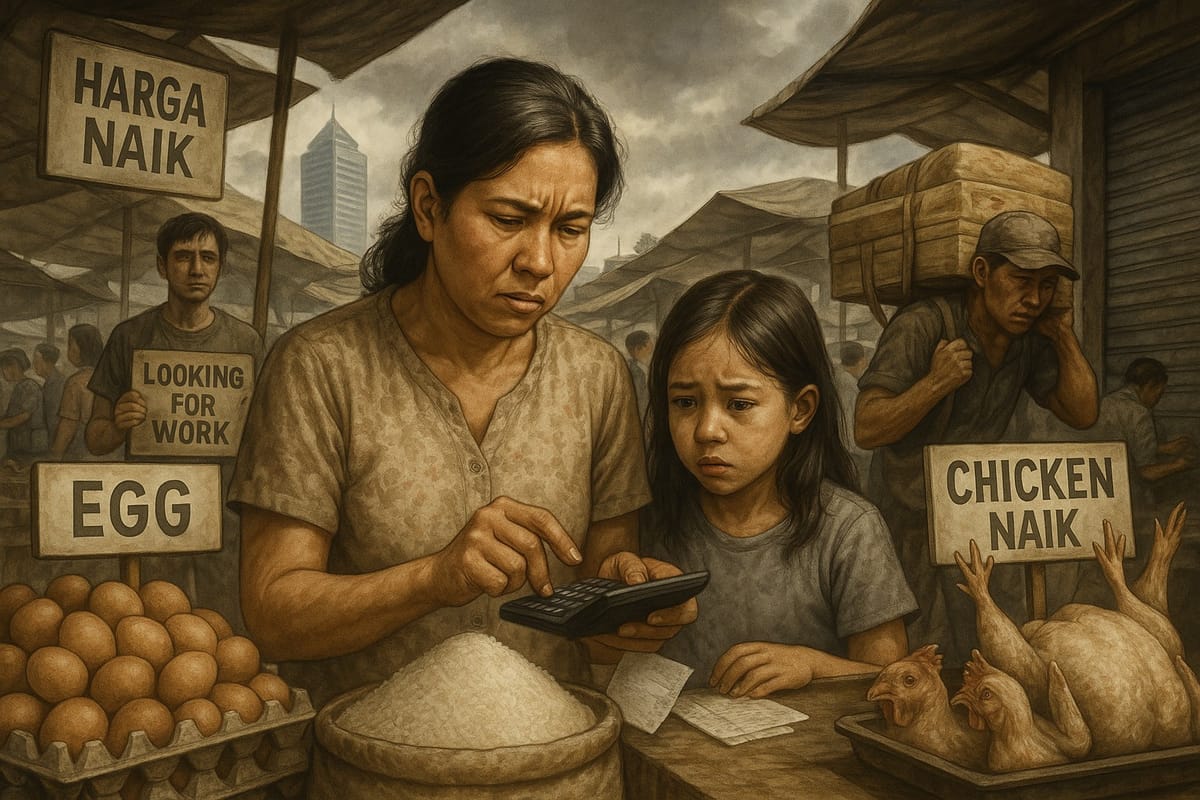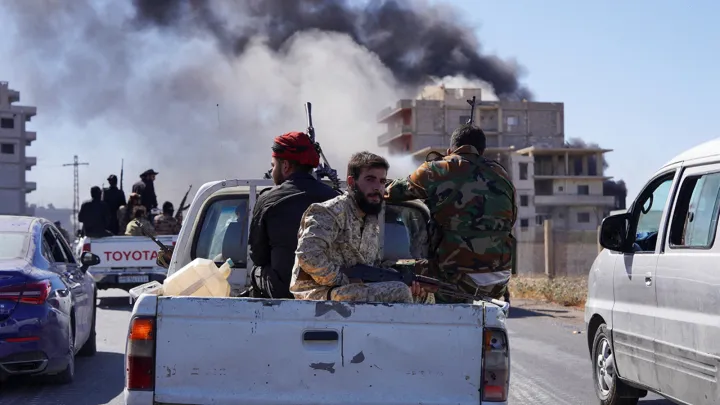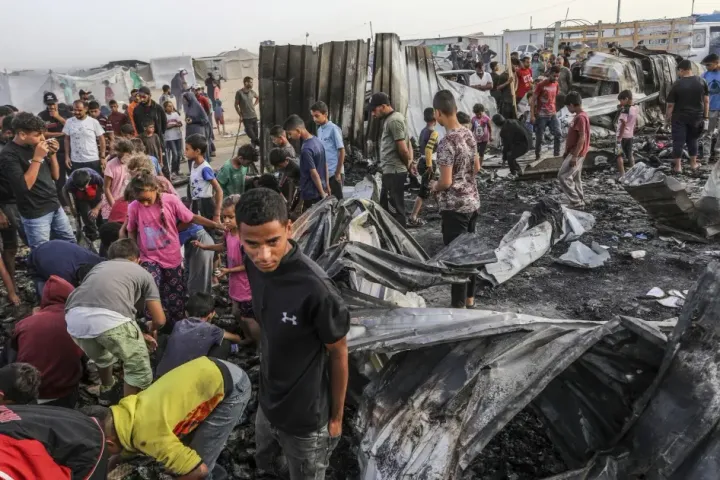People’s Welfare Threatened by Inflation and Inequality
Price fluctuations, unemployment, and uneven investment are major challenges to Indonesia’s people’s welfare in 2025.

Price Volatility and the Threat to Purchasing Power
The welfare of Indonesians in 2025 is under severe pressure due to the volatility of staple food prices. Major contributing factors include climate change, inefficient distribution, and overall inflation. For instance, extreme weather like droughts hampers food production, triggering scarcity and directly weakening the purchasing power of the lower-income population.
Food inflation, which has averaged 10.78% from 1997 to date, remains the most sensitive indicator of welfare. In May 2025, the year-on-year inflation stood at 1.60%, with a monthly deflation of -0.37%, yet price pressures persist, especially around festive seasons when egg and meat prices historically spike .
Government Policy and Price Stability
The government has responded through price control strategies such as market operations and the enforcement of Maximum Retail Prices (HET). State-owned enterprises (SOEs) are involved in distribution and market stabilization, and strict sanctions are imposed on violators. Government Regulation No. 10 of 1962 serves as the legal foundation for this intervention .
On the fiscal and monetary front, Bank Indonesia maintains the benchmark interest rate at 5.75% to stabilize the rupiah. Meanwhile, a stimulus package worth Rp24.44 trillion has been launched to prevent economic slowdown amid global and domestic uncertainty .
Investment and Economic Equity
Indonesia’s investment realization in 2024 reached Rp1,714.2 trillion, surpassing government targets. However, Foreign Direct Investment (FDI) dominance at 52.5% raises concerns about domestic sector resilience. Investment outside Java (52.2%) suggests better regional distribution, though true equity remains a work in progress .
Key sectors attracting investment include downstream metal industries and the electric vehicle ecosystem. While these add economic value, they require stronger local workforce capabilities to meet rising technical demands.
Labor Market and Human Capital Quality
The Open Unemployment Rate (TPT) hit its lowest point since 1997, standing at 4.76% in February 2025. However, the skills gap remains wide. The average wage is just Rp3.09 million per month. Wholesale and retail trade, along with construction, absorbed the most labor but are insufficient to sustain inclusive growth .
The government’s flagship programs like the Pre-Employment Card and revitalized Vocational Training Centers (BLK) show progress, reaching 17 million beneficiaries since 2020. Yet the “last mile problem” job placement after training remains a critical challenge, particularly in remote areas .
Structural Poverty and Data Disparities
Indonesia’s Central Bureau of Statistics (BPS) reports a poverty rate of 8.57%, while the World Bank estimates it at 60.3% using international standards. This discrepancy stems from differing methodologies: BPS uses a national cost-of-basic-needs approach, while the World Bank applies the $2.15/day PPP poverty line.
This reveals that over half the population is “economically vulnerable” and at risk of falling into poverty during economic shocks. Policies must expand to include this group not just the “absolutely poor” to build a robust social safety net .
Economic Outlook and National Resilience
The IMF, World Bank, and ADB have all revised Indonesia’s 2025 growth forecasts down to 4.7%. Trade tensions and possible US tariffs on key Indonesian exports like textiles and electronics are the main drivers of concern.
Nevertheless, the government remains optimistic, targeting 5.2% growth this year and 8% by 2029. Programs like the national investment fund Danantara and the Free Nutritious Meal Initiative aim to boost domestic consumption and long-term investment .





Comments ()